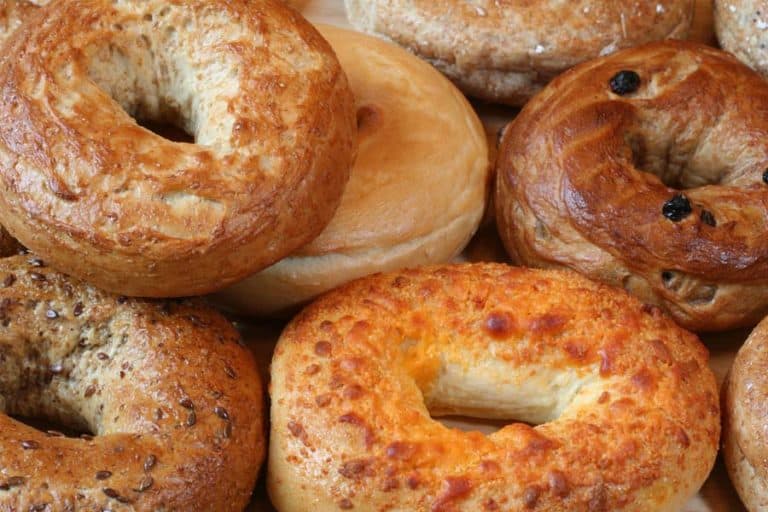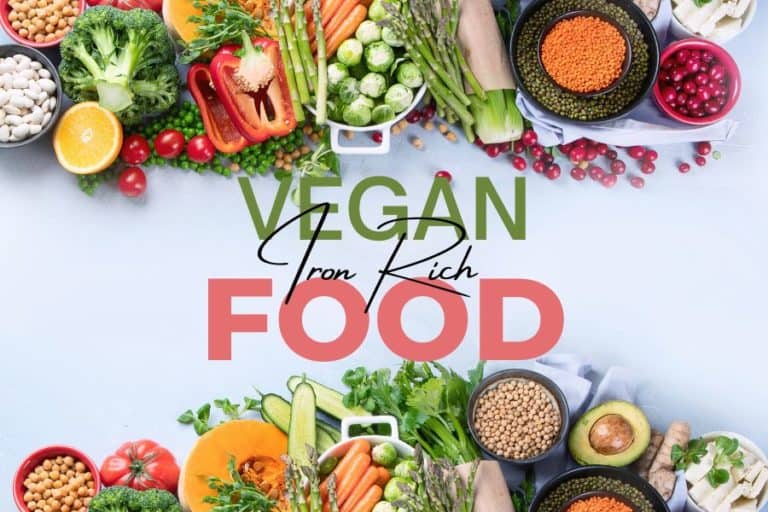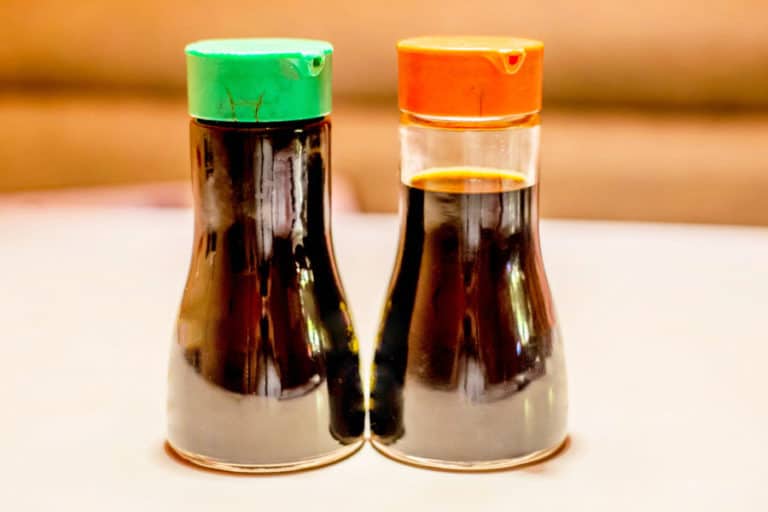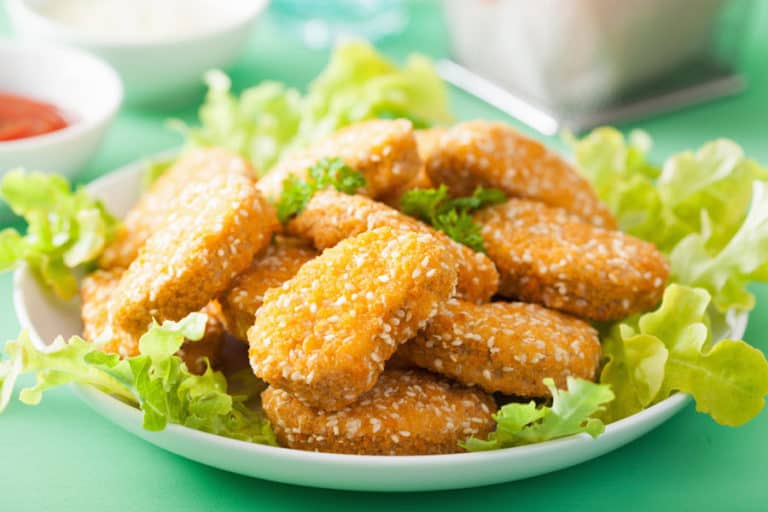Raw Vegan Diet – All You Need To Know
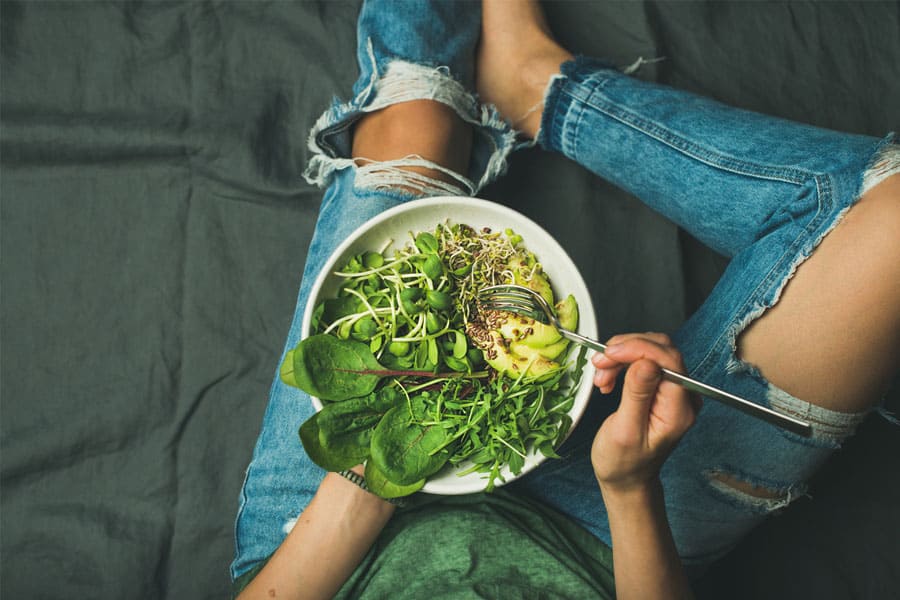
Raw Vegan Diet | Foods to eat | Foods to avoid | Benefits | Drawbacks | Vegan vs. raw vegan | Who should/should not | 1-week diet plan | How to prepare | Buying tips | Myths vs. facts
A raw vegan diet is a lifestyle that follows the principles of raw foodism and veganism. Followers of this diet only consume raw, unprocessed, plant-based foods or foods cooked below a specific temperature compared to the vegan diet.
The raw vegan diet is believed to help preserve the nutritional value of foods. However, it can also pose some health risks.
This article analyzes the underlying principles of the raw vegan diet. It also provides detailed information on the benefits and drawbacks of this diet.
What is a raw vegan diet?
The raw vegan diet involves eating raw plant-based foods. This type of diet is also known as an uncooked/unprocessed food diet.
The “vegan” part of this diet needs you to avoid all animal products. The “raw food diet” part of it requires the food to be eaten raw or heated only at temperatures below 104–118°F (40–48°C).
Raw vegan diets also permit alternative methods of preparing food, such as juicing, blending, sprouting, soaking, and dehydrating.
Foods to eat in a raw vegan diet
A raw vegan diet consists of consuming the following foods in their raw form:
Here are some slightly processed foods that are permitted on a raw vegan diet as they are not heated above 115 degrees:
Raw veganism permits the following beverages, as they are raw and not processed:
Certain raw vegan diets also permit the following:
Foods to avoid in a raw vegan diet
When on a raw vegan diet, make sure to avoid the following foods:
Beans and Legumes that are not safe if eaten raw
Benefits of the raw vegan diet
Raw veganism has several potential health benefits, including:
1. Weight loss
A vegan diet is already known to be helpful in promoting weight loss. Unsurprisingly, the raw vegan diet may also provide the same health benefit. One study showed that people following a long-term raw vegan diet experienced substantial weight loss. Men lost 9.9 kg, and women lost 12 kg [1]JSTOR: Consequences of a Long-Term Raw Food Diet on Body Weight and Menstruation over a period of 3.7 years of a raw food diet.
2. Reduced risk of heart disease
A raw vegan diet may help reduce your risk of heart disease [2]National Library of Medicine: Nutritional Update for Physicians: Plant-Based Diets and improve heart health.
Animal-sourced foods and processed foods are high in saturated fats, which can increase your risk of heart disease. On the other hand, plant-based foods are rich in fiber and antioxidants, which may protect your heart.
A study showed that a raw vegan diet improved blood sugar levels and reduced the risk of heart disease in people with type 2 diabetes. [3]National Library of Medicine: A plant-based diet for the prevention and treatment of type 2 diabetes
3. Reduced risk of diabetes
Raw vegan diet is often rich in fiber. Foods rich in fiber have been observed to prevent type 2 diabetes. [4]PubMed: Metabolic effects of dietary fiber consumption and prevention of diabetes Moreover, diets comprised of fruits are naturally rich in nutrients and antioxidants that can reduce oxidative stress in type 2 diabetes. [5]PubMed: Effect of daily supplementation of fruits on oxidative stress indices and glycaemic status in type 2 diabetes mellitus
4. Lower blood pressure
Raw vegans may have lower blood pressure than other people. One study showed that vegans might have lower systolic and diastolic blood pressure [6]National Library of Medicine: A plant-based diet and hypertension and significantly lower hypertension odds than non-vegetarians.
5. Reduced risk of cancer
There are several risks associated with consuming meat and meat products, as they may cause cancer. Since this diet is plant-based, it may reduce the risk of cancer. The UK Women’s Cohort Study [7]National Library of Medicine: Reduced cancer risk in vegetarians: an analysis of recent reports showed that vegetarians had a lower risk of breast cancer than meat-eaters.
6. Improved digestion
A raw vegan diet is rich in fiber, eventually leading to improved digestion. Therefore, this diet may also help prevent constipation and other digestive issues.
7. Detoxification
Like a vegan detox diet, the raw vegan diet includes several detoxifying foods, such as fruits and vegetables, which may help the body eliminate toxins and waste products. This, in turn, may lead to improved liver function and improved skin health.
Drawbacks of the raw vegan diet
The raw vegan diet has its own risks and drawbacks. There are a few potential drawbacks to following a raw vegan diet that one needs to be wary of. Here are a few:
1. Low-calorie intake
A raw vegan diet may not be suitable for all age groups. Since it is based on fruits and vegetables, it can be low in calories. This may not be enough to meet the energy needs of some people, such as athletes or growing children. This can lead to weight loss or malnutrition.
2. Lack of protein
Meats and dairy products are rich in protein. A raw vegan diet may lack protein as it does not include these foods. This can lead to protein deficiency, which can cause various health problems as it can lead to muscle loss and weakness.
3. Lack of essential nutrients
A raw vegan diet may lack essential nutrients, such as vitamin B12, iron, iodine, calcium, and omega-3 fatty acids. These nutrients are usually sourced from animal products. Cutting out these food categories from one’s diet can lead to deficiencies in these nutrients.
4. Uncooked foods may contain bacteria
Cooking often kills many forms of bacteria found in raw food. As such, the food consumed in a raw vegan diet may contain bacteria that can cause food poisoning. This is a particular concern for pregnant women, young children, the elderly, and people with weakened immune systems.
5. Lack of variety
A raw vegan diet may lack variety. Restricting your meals to raw foods can make it difficult to get all the nutrients your body needs.
Vegan vs. raw vegan – The differences
Although both terms may seem similar, there are a few differences between veganism and raw veganism.
1. Types of food consumed
A vegan diet includes all plant-based foods, including grains, legumes, fruits, vegetables, nuts, and seeds. A raw vegan includes all of the above, just raw/uncooked or food cooked below 104–118°F (40–48°C). This means that cooked vegan foods like roasted nuts or steamed veggies would not be permitted on a raw vegan diet.
2. Difficulty level
A standard vegan diet is relatively easy to follow as long as you’re careful to eat a variety of nutrient-rich foods to ensure an adequate intake of essential nutrients like protein, iron, and vitamin B12.
A raw vegan diet can be more challenging, as it requires careful meal planning to ensure you get enough calories and nutrients to meet your needs. It’s also important to note that following a raw vegan diet puts you at risk for foodborne illness if you’re not taking proper precautions with food safety (i.e. washing the produce thoroughly, avoiding cross-contamination, and so on).
3. Potential health benefits
Because a raw vegan diet is based around whole, unprocessed foods, it is often touted as being healthier than a standard vegan diet. Proponents of raw veganism believe that cooking food destroys vital nutrients and enzymes that our bodies need to function optimally.
However, there is no scientific evidence to support these claims. Cooking can make some foods more nutritious by making their vitamins and minerals more bioavailable to our bodies.
Who should try and should not eat raw vegan food?
Raw vegan diets have been gaining a lot of popularity and are followed by several others. However, there are some people who should and should not follow a raw vegan diet.
Who should try
- Individuals interested in losing weight can try a raw vegan diet to help with weight loss as it is typically lower in calories than a standard vegetarian diet.
- People interested in detoxing their bodies can try the raw vegan diet after consultation with a doctor/dietician.
- A raw vegan diet is a more humane option as it does not involve killing animals.
Who shouldn’t
- Pregnant women and young children, and breastfeeding mothers should avoid it. A raw vegan diet may lack essential nutrients, such as vitamin B12, iron, and omega-3 fatty acids. These nutrients are important for the well-being of pregnant women, their babies, and for young children’s growth and development.
- Athletes need more protein which they would not get from a raw vegan diet.
- People with chronic illnesses should not try a raw vegan diet as it may further complicate their condition.
Sample one-week raw vegan diet meal plan
Here is a 7-day meal plan for you to follow on the days you are out of meal ideas.
| Day | Breakfast | Lunch | Snacks | Dinner |
| Monday | Green vegan smoothie made with spinach, kale, pear, banana, and almond milk | Raw veggie wrap filled with cucumber, tomato, carrots, sprouts, and avocado mayo | Celery sticks topped with raw hummus | Raw veggie sushi rolls made with cucumber, avocado, carrots, radishes, and rice vinegar |
| Tuesday | Raw vegan oatmeal made with raisins and cinnamon | Massaged kale salad with mango, pineapple, and lime juice dressing | Homemade energy balls made with dates, almonds, raw cacao powder, and chia seeds | Chickpea salad with mixed veggies |
| Wednesday | Fruit salad with avocado slices | Chickpea salad with mixed veggies | Celery sticks topped with almond butter and raisins | Raw vegan tacos with corn and bell peppers |
| Thursday | Peanut butter and chia pudding | Raw falafel wraps | Fresh fruit platter with grapes, oranges, strawberries, and blueberries | Raw vegan tacos with corn and bell peppers |
| Friday | Fruit salad with avocado slices | Massaged kale salad with mango, pineapple, and lime juice dressing | Fresh fruit platter with grapes, oranges, strawberries, and blueberries | Raw falafel wraps |
| Saturday | Green vegan smoothie made with spinach, kale, pear, banana, and almond milk | Raw vegan lasagne with guac | Celery sticks topped with almond butter and raisins | Chickpea salad with mixed veggies |
| Sunday | Raw vegan oatmeal made with raisins and cinnamon | Watermelon Gazpacho with cucumber, mint, and lime juice | Homemade energy balls made with dates, almonds, raw cacao powder, and chia seeds | Raw vegan lasagne with guac |
How to prepare raw vegan food?
Raw vegan foods are simple to make as the ingredients are readily available and require minimal cooking. The best part is that these recipes are healthy, and some of these can be made in advance.
Some tips to follow while preparing raw vegan food:
- Use a food processor or blender to speed up the work of chopping and pureeing.
- Soak nuts and seeds overnight to make them easier to digest.
- Sprout grains, beans, and legumes to increase their nutrient content.
- Dehydrate fruits and vegetables to create raw vegan snacks.
- Make sauces and dressings from scratch to keep their sodium and sugar content in check.
- Invest in a good quality juicer and blender to make nutrient-rich juices and smoothies.
Tips to buy raw vegan food
Given below are some tips that will come in handy while buying raw vegan food:
- Always opt for organic and locally sourced produce when buying raw vegan food. This will ensure that the food is pesticide-free and fresh.
- Buy fruits and vegetables that are in season as they are cheaper and have more nutrients.
- Canned and packaged foods should be avoided as they contain preservatives and chemicals.
- When buying packaged raw vegan food, check the labels for the list of ingredients and nutrition facts.
Myths vs. facts of the raw vegan diet
Many myths and falsities have mushroomed around the raw vegan diet. Here are some myths and facts about this much-debated diet:
MYTH: The raw vegan diet is an eating disorder.
FACT: The raw vegan diet is a healthy way of eating. People of all ages can follow that under the guidance of their dietician.
MYTH: The raw vegan diet is expensive.
FACT: The raw vegan diet is not more expensive than any other diet. In fact, it can be cheaper as you are buying whole foods and avoiding processed foods.
MYTH: The raw vegan diet is difficult to follow.
FACT: The raw vegan diet is not difficult to follow. With a little planning and preparation, anyone can easily follow this diet.
MYTH: The raw vegan diet is not sustainable.
FACT: The raw vegan diet is a sustainable way of eating that is good for the environment and your health.
MYTH: You can only eat fruits and vegetables.
FACT: There is a lot more to this diet than just raw fruits and vegetables. Food items like nuts, seeds, legumes, nut milk, nut butter, herbs, and spices can improve the taste and nutritional value of your meals.
MYTH: The food must be 100% raw.
FACT: The food does not have to be 100% raw. You can also include cooked foods as long as they are vegan and cooked below 118 degrees Fahrenheit.
MYTH: You will never need any nutritional supplements.
FACT: Raw vegan diet is rich in some kinds of nutrients and deficient in others. Most people might need to take nutritional supplements depending on their health needs. Consult a registered dietitian or nutritionist to see if you need supplements.
Conclusion
Raw veganism is a healthy way of eating if practiced carefully. If you want to go on a raw vegan diet, consult your personal dietitian or nutritionist. They can assess your diet in order to ensure you are getting all the essential nutrients.
Also, before trying this diet, be aware of the benefits and risks involved in following a raw vegan diet. This knowledge can ensure safety and good health in the long run.
References
| ↑1 | JSTOR: Consequences of a Long-Term Raw Food Diet on Body Weight and Menstruation |
|---|---|
| ↑2 | National Library of Medicine: Nutritional Update for Physicians: Plant-Based Diets |
| ↑3 | National Library of Medicine: A plant-based diet for the prevention and treatment of type 2 diabetes |
| ↑4 | PubMed: Metabolic effects of dietary fiber consumption and prevention of diabetes |
| ↑5 | PubMed: Effect of daily supplementation of fruits on oxidative stress indices and glycaemic status in type 2 diabetes mellitus |
| ↑6 | National Library of Medicine: A plant-based diet and hypertension |
| ↑7 | National Library of Medicine: Reduced cancer risk in vegetarians: an analysis of recent reports |


